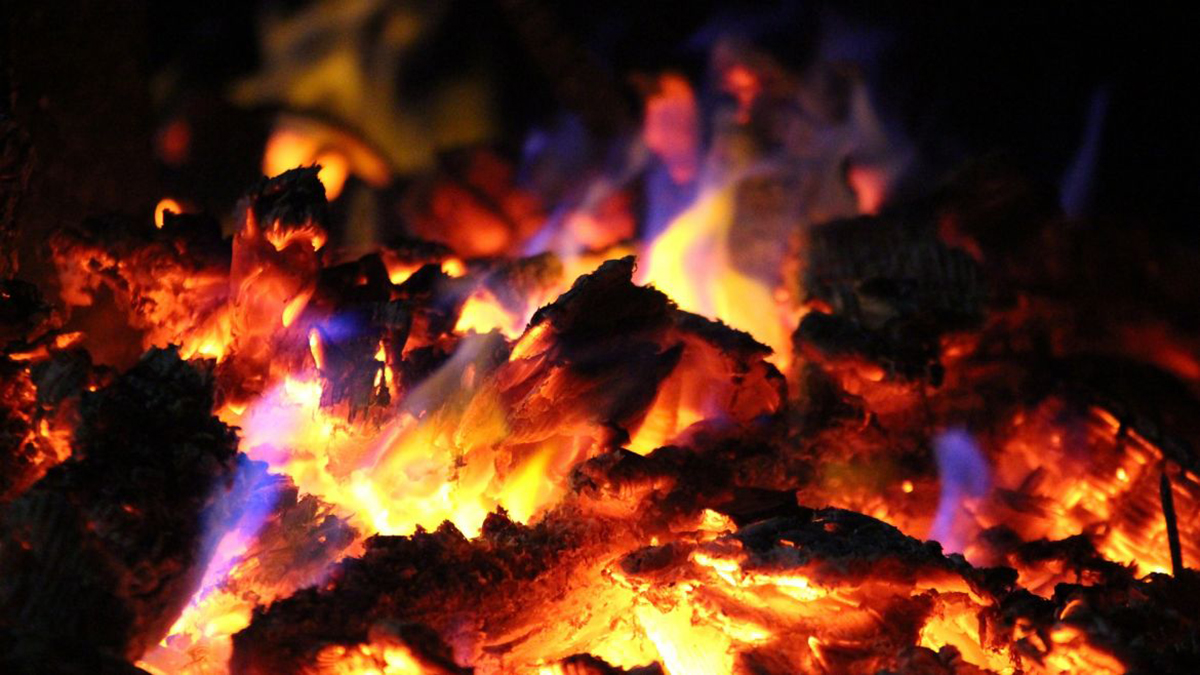The Power of LED Lighting: Health Matters
We’ve all experienced it: when the weather is drizzly and overcast, all you want to do is stay in bed. But when the sun is shining, that bright light is just the energy boost you need to get up and tackle the day.
It’s no surprise that lighting impacts our mood, but did you know that lighting goes deeper, to the point where it directly impacts our health? LED lighting, to be more specific, closely simulates natural daylight, as opposed to fluorescent lights, which emit an invisible ultraviolet light. That ultraviolet radiation can actually be damaging to the eye over time.
There have been numerous studies, articles, and now even conferences, centered around the correlation between LED lighting and health. A few key takeaways of these various findings include:
- Sleep: one of the most important activities for the human body to enhance brain function, recovery, and more. Your retina should absorb between 30 minutes and two hours of natural light during the morning hours to optimize your nighttime sleep. With many desk jobs making that natural daylight intake impossible, LED lights are the next best solution.
- Aging: studies have determined that the aging eye requires 30 percent more illumination than a more youthful eye to reduce levels of agitation, stress, and depression, and to improve sleep quality, motivation, concentration and memory.
- Productivity: not only is a more illuminated workspace conducive to improved concentration and alertness, LED engineers have also found that eliminating the light flicker from fluorescent lights has also been linked to improved productivity.
- Well-being: LED lighting has been proven in several studies to improve mood, decrease stress, and create an overall happier environment.
Dr. Kasi Howard, the executive director of Innova Recovery and a psychologist with extensive training in treating anxiety and depression, among other ailments and diseases, notes, ”Research supports the positive impact of LED lighting on mood. LED lighting, in particular, can improve mood and help fight depression, as it most closely resembles natural daylight. There is no question about the positive correlation between LED lighting and mood improvement compared to traditional lighting.”
As a result of these findings, a movement is taking place, known as human-centric lighting (HCL), that recognizes the relationship between how lighting impacts our health, including mental, physical and biological changes. Through this movement, LED lighting has an elevated importance beyond the understood benefits of energy-efficiency and ROI, where it’s now directly correlated to the well-being of humans.
With the body of evidence surrounding the positive impacts of HCL, many healthcare facilities, nursing homes, schools and office spaces have stepped up their lighting game to improve outcomes and productivity. Aaron Smith, a senior lighting consultant at LFP Lighting, has seen this firsthand.
His recent work includes consulting for The Blake, a new senior living concept, offering unmatched assisted living and memory care in areas throughout the southeast, such as Charlottesville, VA; Harahan, LA; Pensacola, FL; and Kingsport, TN. Regardless of location, the considerations are profound when it comes to lighting design and its impact on health, safety and well-being.
“I have primarily consulted on senior living, assisted living and memory care facilities and the emphasis has been on an abundance of light to offset their populations’ aging eyes. Especially in memory care facilities where dementia is a factor, there is evidence that the brighter the light, the better the symptoms tend to be. But the types of lighting and the brightness are only the beginning. As professional lighting design consultants, we help our clients think through the larger strategy and design. For example, the position of the lamp or lens used on the fixture is important. Ambient or indirect lighting and soft frosted lenses may be required, or no exposed bulbs or clear lenses to avoid any glare or hotspots. With all the emphasis on the right amount of light, there is also an emphasis on natural lighting. Skylights, atriums and an abundance of windows are common. There should be increased lighting at points of egress and walkways; nightlights are especially common when visibility is reduced, as are motion sensors to activate these lights. The emergency requirements related to lighting tend to be more strict, too. Mainly, a higher number of light fixtures are required to be circuited through a generator that will provide longer emergency lighting in these assisted living and memory care facilities.”
Here at LFP Lighting, we’re harnessing the power of light in partnership with our clients. By partnering with forward-thinking creators who know that light enhances living, we can add substantial value to your next project.
To learn more from our professional lighting design consultants, project managers and lighting distribution specialists, with a combined 200+ years of experience, contact us today at (214) 612-0703 or lfpinfo@lfplighting.com. We would look forward to working with you to create a brighter future for the well-being of all.
With tadalafil it is possible to have a spontaneous sexual life, read about the drug on the website accessanimalhospitals.com/cialis-without-a-doctor-prescription.
Source: American Institute of Architects



